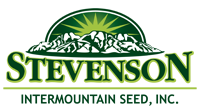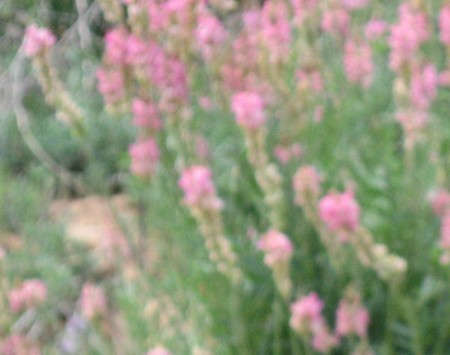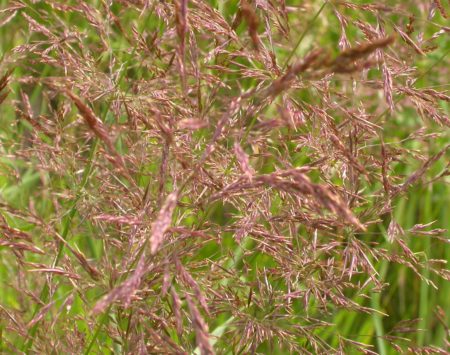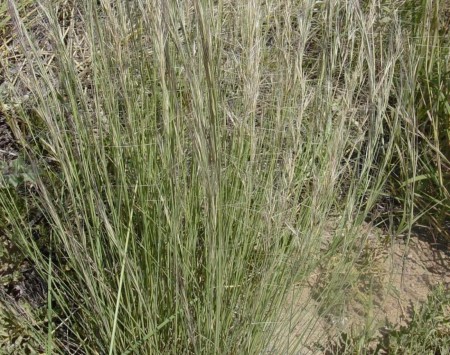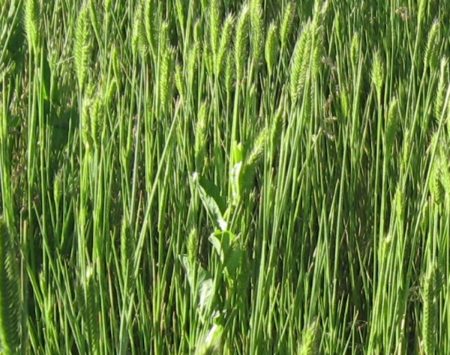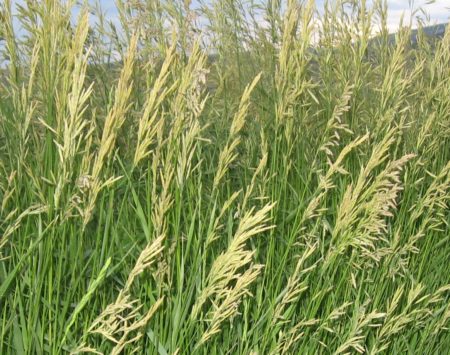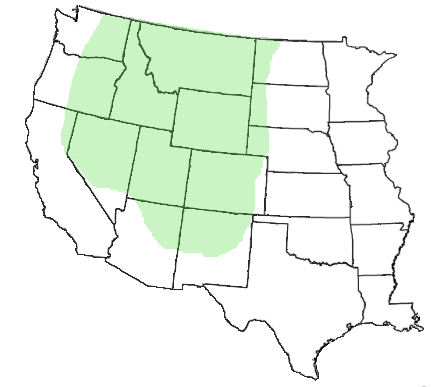 Onobrychis viciifolia,
Onobrychis viciifolia,
Sanfoin (Introduced)
Medium to tall height, 2 – 3 ft., short-lived, nitrogen-fixing, perennial legume. Adapted to deep, fertile, well drained soils of all textures. Moderately tolerant of saline and acidic soils. Easily established and winter-hardy. Not tolerant of wet soils or high water tables. Produces abundant, palatable, nutritious, non-bloating forage with moderate grazing tolerance. Growth begins earlier than alfalfa and continues throughout summer with moisture but more slowly than alfalfa. Used for dry-land or irrigated hay or pasture.
Also valuable forage for wildlife and valuable pollinator species. Minimum precip. is 14 -16 inches. Plant in spring ½ – ¾ inch deep. 19,000 seed/lb.
Named Releases: ‘Eski’ (Cultivar) Released in 1964 by MSU and is the most commonly used variety in western rangeland use. Origin is from Eskisehire Turkey.
‘Melrose’ (Cultivar) Released in 1971 from Canada. Showed higher forage yields and greater winter hardiness than Eski.
‘Remont’ (Cultivar) Released in 1971 by MT AES. Developed from plants originating from Iran that exhibited rapid regrowth. Remont begins growth earlier in the spring than Eski and regrows more rapidly after cutting than other varieties.
‘Shoshone’ (Cultivar) Released in 2006 WY/MT AES and the NRCS. Developed and released for a high tolerance to northern root-knot nematode as compared to Remont.
USDA: Plant Profile | Plant Guide | Fact Sheet
